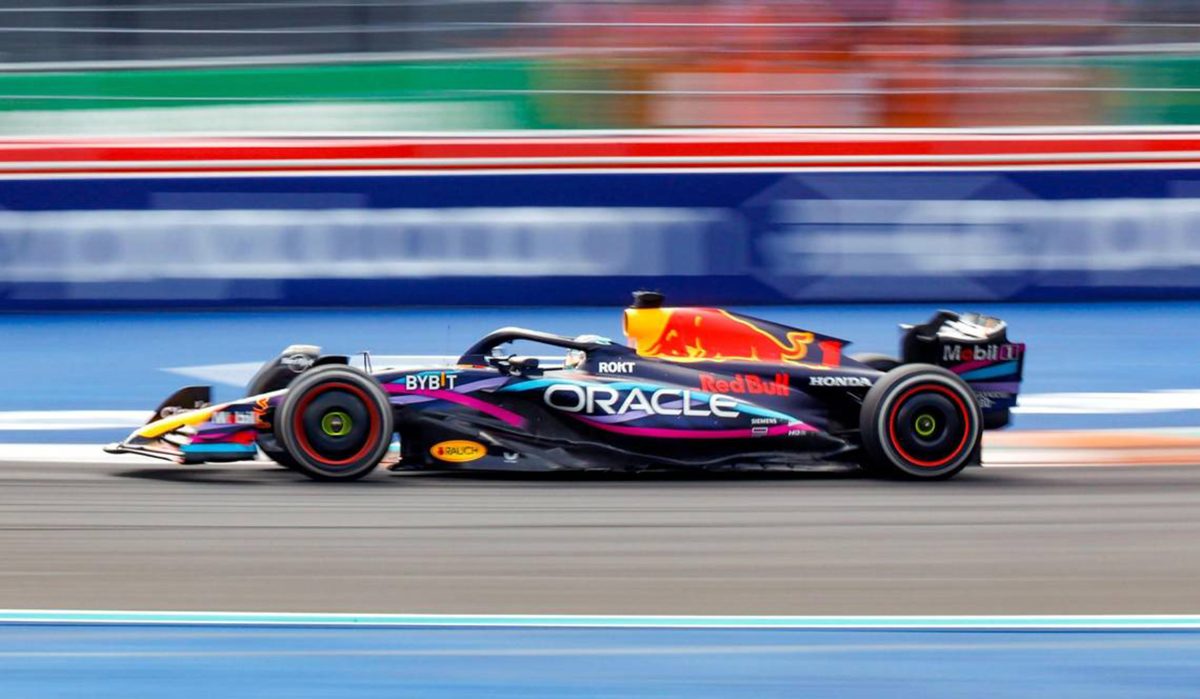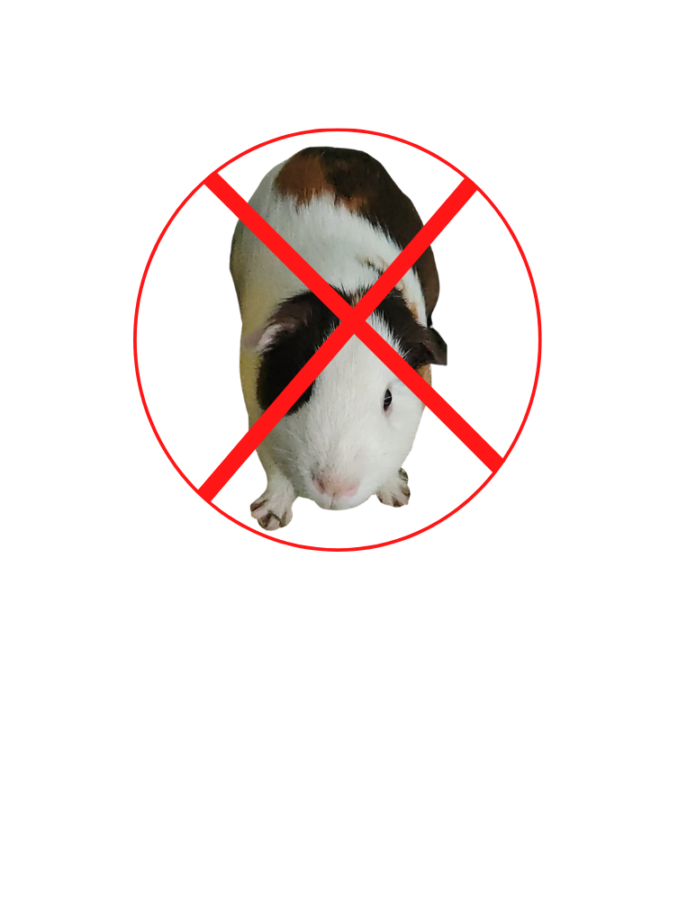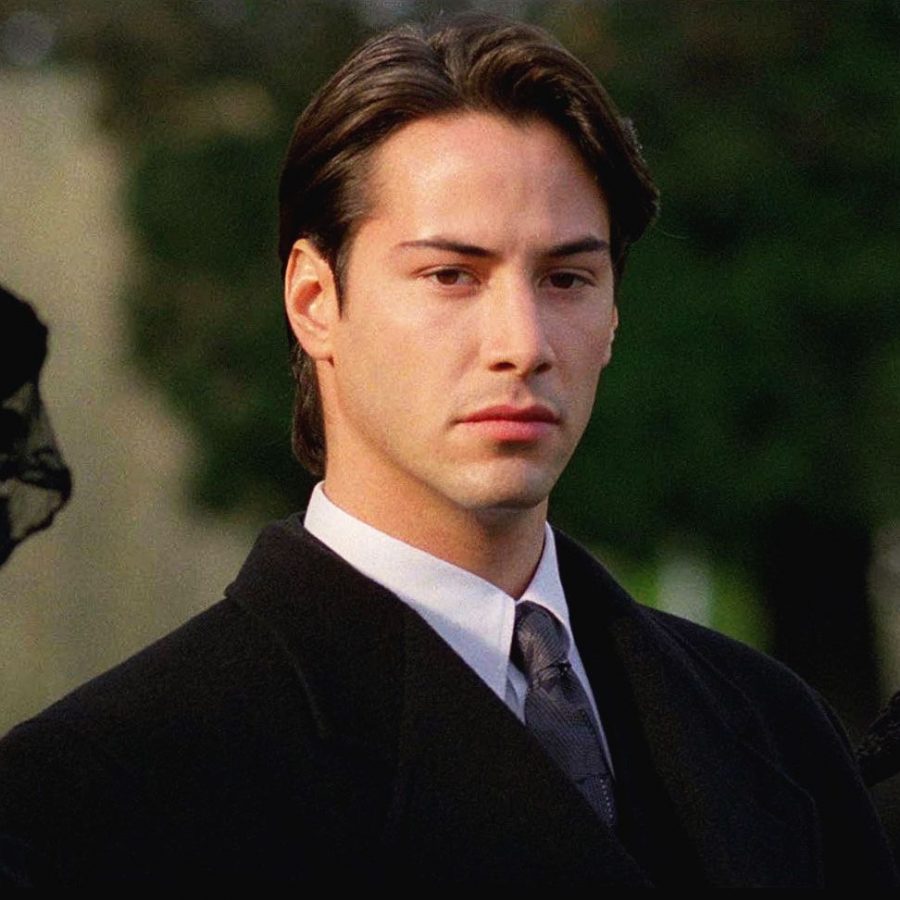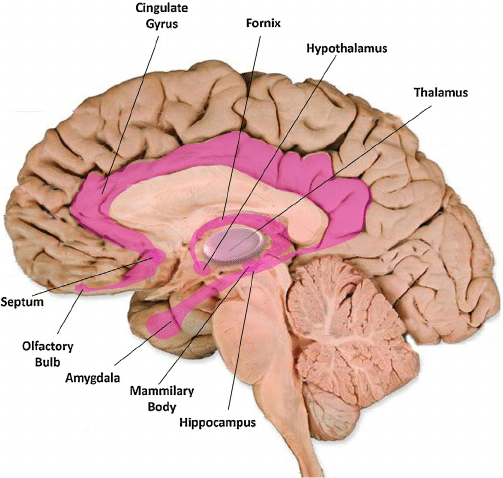A Diet from the Past
The paleo diet has gained in popularity and the goal is to keep foods simple like early humans did.
The goal of the paleo diet is to eat foods in their pure form and to keep away from preservatives.
ore and more people are beginning to change their lifestyles in order to become healthier. A large aspect of health is diet, and there are many out there to choose from. Whether it be vegan, ketogenic or vegetarian diets, there is a large array of diets to integrate into one’s life. One increasingly popular diet is the Paleolithic diet, commonly known as the paleo diet.
The purpose of the paleo diet is to go back to the foods that humans were eating in the Paleolithic era, which was roughly 2.5 million to 10,000 years ago. The belief behind this process is that early humans had enough to sustain them with meats, vegetables and fruits and that foods like dairy, grains, legumes and processed foods are unnecessary and often times unhealthy. This diet also leaves little room for carbs.
A large component of the paleo diet is the increased intake of meat. This is important, considering that paleo dieters do not eat beans or certain nuts for protein. However, this does not mean that all types of meat are acceptable. Paleo dieters restrict themselves to “lean meats.” These meats can be defined as meats with relatively low-fat content, according to diabetes.uk.com. These types of meats serve as good sources of protein and have fewer calories than non-lean, processed meats.
The other major aspect of this diet is fruits and vegetables. Most people following the Paleo lifestyle accommodate a very large portion of vegetables into their day to day meals. Often things like taco shells are substituted for lettuce wraps or zucchini noodles are used instead of traditional pasta.
While most diets do come with a downside, the paleo diet is no exception. One of the flaws is that cutting out grains and legumes make it very difficult to get the necessary amount of carbs. Eliminating dairy also can make it more difficult to receive a good amount of calcium. However, the Paleo diet certainly has its upsides as well.
An Oct. 2015 review published in the “American Journal of Clinical Nutrition” suggests that, when compared with other diets, the paleo diet approach led to small improvements in blood pressure in people with signs of metabolic syndrome, fasting blood sugar, and triglycerides, which are fats found in the blood that can potentially increase your risk of stroke, heart attack and death.
















































